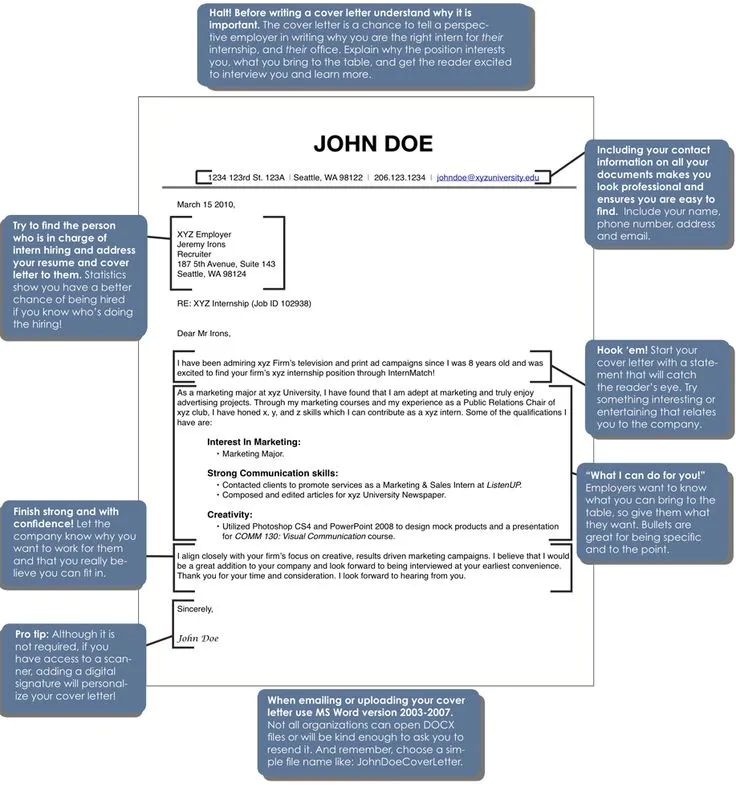Cover Letter Secrets: Top 5 Tips
A cover letter is your opportunity to make a strong first impression and demonstrate why you are the perfect fit for the job. It’s more than just a formality; it’s a chance to tell your story, highlight your key skills, and express your enthusiasm for the position. In today’s competitive job market, a well-crafted cover letter can significantly increase your chances of landing an interview. This article unveils the secrets to writing a compelling cover letter that grabs the hiring manager’s attention and sets you apart from the competition. By following these tips, you’ll be well on your way to crafting a cover letter that helps you secure your dream job. Remember, each cover letter should be tailored to the specific job you’re applying for; generic letters rarely succeed.
Highlight Your Key Skills and Experience
Your cover letter should showcase the skills and experiences most relevant to the job description. Don’t just list your responsibilities; instead, provide specific examples of how you’ve utilized your skills to achieve results. Think about the key requirements outlined in the job posting and identify instances where you’ve demonstrated those skills. For instance, if the job requires strong communication skills, describe a project where you successfully communicated complex information to a diverse audience. If it requires problem-solving abilities, detail a situation where you identified and resolved a significant issue. Always make sure your cover letter is concise and to the point, avoiding unnecessary details. The goal is to paint a picture of your capabilities and how they align with the employer’s needs, making it clear why you’re the ideal candidate. Use action verbs to describe your accomplishments and focus on outcomes rather than just duties.
Tailor Your Cover Letter to Each Job
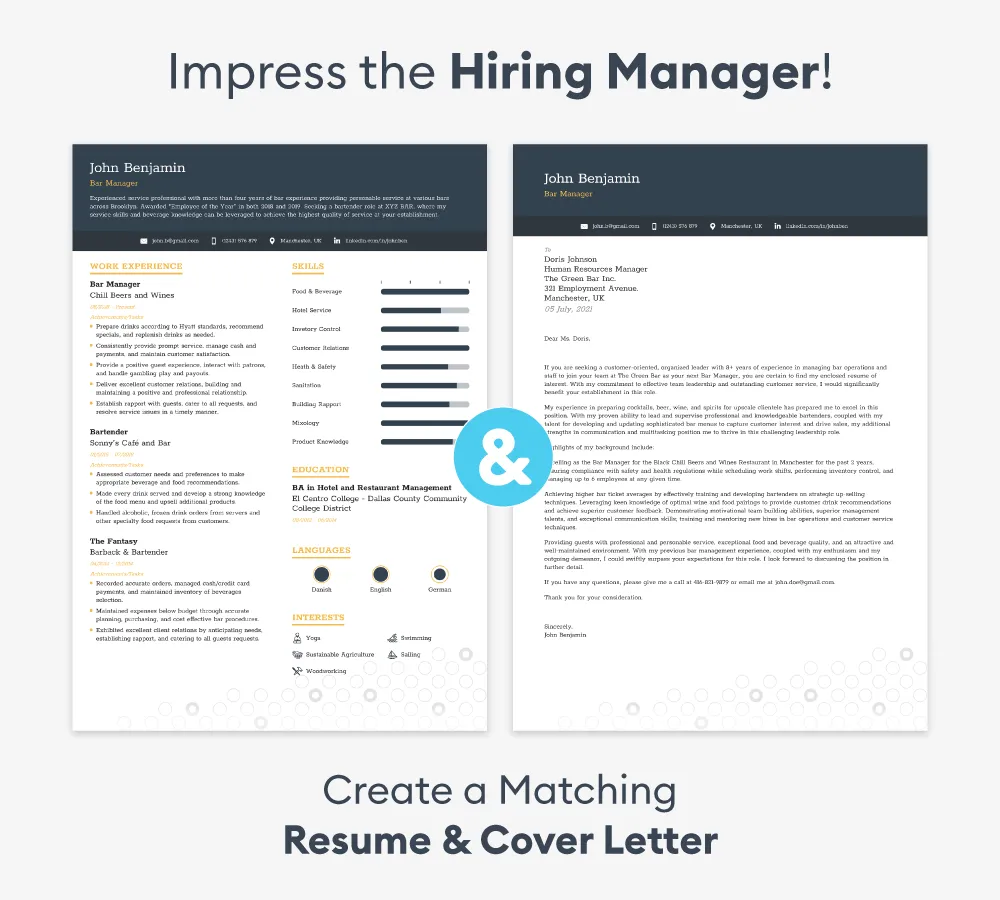
One of the biggest mistakes job seekers make is sending out generic cover letters. To truly stand out, you must customize each letter to the specific job and company. This involves researching the company, understanding their values, and identifying the key requirements of the position. Review the job description carefully and highlight the skills and experiences that align with their needs. In the letter, explain why you are interested in this particular company and this specific role. What aspects of their mission, products, or services resonate with you? What makes you excited about the opportunity? Customization shows that you’ve taken the time to understand the company and that you’re genuinely interested in the position. This level of personalization demonstrates initiative and attention to detail, making a strong impression on the hiring manager. Address the letter to the hiring manager by name; if you can’t find the name, do some research or call the company to find out. Generic greetings such as “To Whom It May Concern” are a clear sign that you haven’t put in the effort.
Quantify Your Achievements
Instead of simply stating what you did, show the impact of your work by quantifying your achievements. Use numbers, percentages, and specific data to demonstrate your accomplishments. This makes your claims more credible and provides concrete evidence of your value. For example, instead of saying “Improved customer service,” say “Improved customer satisfaction scores by 15% within six months by implementing a new training program.” Instead of “Managed social media accounts,” try “Increased social media engagement by 30% and grew followers by 2000 in one year.” The goal is to provide measurable results that showcase your contributions. When possible, include metrics that are relevant to the job description. This shows that you are results-oriented and that you understand the importance of data-driven decision-making. Also, consider using bullet points to make your accomplishments easy to read and digest. This way, the hiring manager can quickly grasp your most significant achievements without having to sift through long paragraphs.
Showcase Your Personality and Enthusiasm
While your cover letter should be professional, it’s also an opportunity to let your personality shine. Injecting enthusiasm and passion for the role and the company can make a memorable impression. Show that you’re genuinely excited about the opportunity and that you’ve done your research. This could involve mentioning specific projects, products, or initiatives that have captured your interest. Be authentic and let your personality come through in your writing style. Avoid sounding overly formal or robotic; instead, use a tone that is professional yet engaging. Share your passion for the industry or the company’s mission. Explain why you believe you are a good fit, and what unique perspectives and skills you bring to the table. This will help the hiring manager get a sense of who you are beyond your resume. Your cover letter should not only showcase your skills but also communicate your enthusiasm for the opportunity to join their team.
Proofread and Edit Meticulously
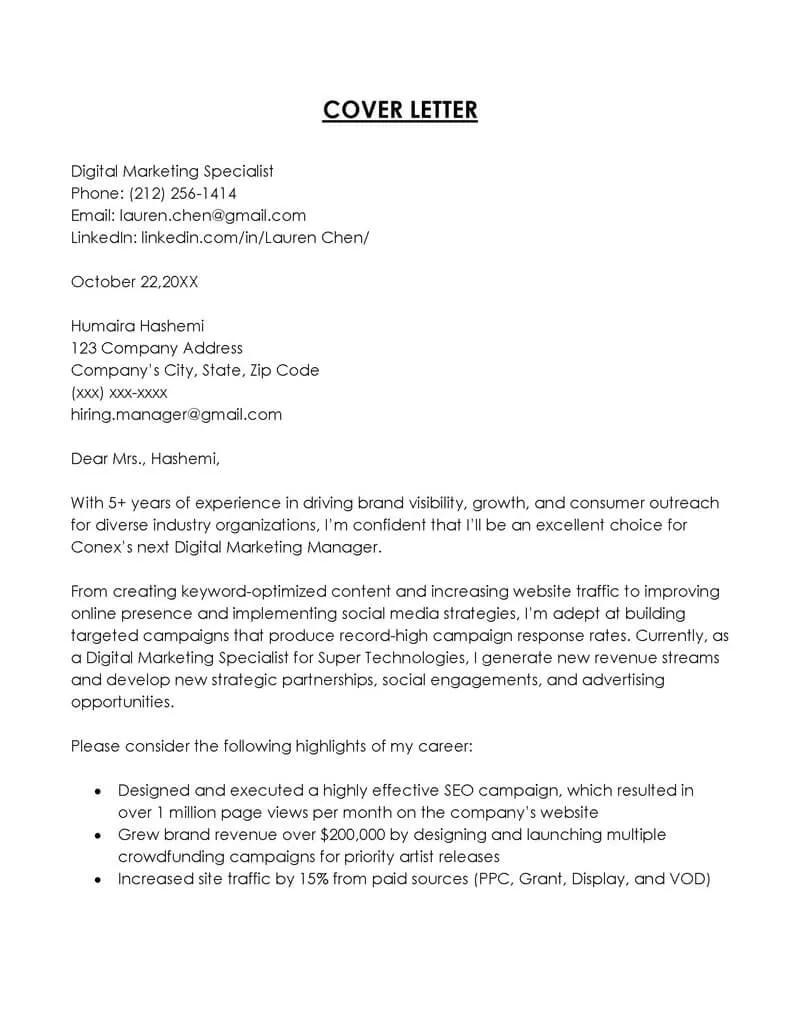
Before submitting your cover letter, proofread it carefully to eliminate any errors. Typos, grammatical mistakes, and formatting issues can create a negative impression and undermine your credibility. Read through the letter multiple times, and consider having someone else review it as well. A fresh pair of eyes can often catch errors that you might miss. Pay close attention to spelling, grammar, punctuation, and sentence structure. Ensure that your cover letter is well-organized and easy to read. Use a clear and professional font, and maintain consistent formatting throughout. A well-proofread cover letter demonstrates your attention to detail and your commitment to presenting yourself in the best possible light. Ensure that your contact information is accurate and up-to-date. A mistake in your email address or phone number could mean the hiring manager can’t reach you, which could lead to you missing out on an interview opportunity. Always double-check all these crucial elements.
Understanding the Purpose of a Cover Letter
The primary purpose of a cover letter is to introduce you to the hiring manager and explain why you are the best candidate for the job. It’s a chance to expand on your resume, highlighting your key skills, experiences, and qualifications in a way that is tailored to the specific role. A well-written cover letter should capture the reader’s attention, demonstrate your enthusiasm for the position, and encourage them to learn more about you by reading your resume. It’s not just a formality; it’s a critical tool for making a strong first impression and differentiating yourself from other applicants. The cover letter also provides an opportunity to address any potential gaps or concerns in your resume. For example, if you have a career gap or have changed careers, you can use the cover letter to explain the situation and frame it positively. Remember that it’s a marketing document – your chance to sell yourself to the hiring manager and convince them that you are worth interviewing.
What to Include in Your Cover Letter
A strong cover letter should include several key elements to effectively communicate your qualifications and enthusiasm. It must be well-structured and organized. Follow a standard business letter format with clear sections. The content should focus on highlighting your relevant skills and experiences and demonstrating your understanding of the company and the role. Always proofread and edit meticulously to ensure the letter is polished and error-free, leaving a positive and professional impression. A cover letter is a key component to any job application. It’s important to get it right.
Contact Information and Date

At the top of your cover letter, include your contact information, such as your name, address, phone number, and email address. This information should be clearly formatted and easy to read. Include the date you are writing the letter below your contact information.
Hiring Manager’s Name and Title
If possible, address the cover letter to the hiring manager by name. Research the company website, LinkedIn, or other sources to find the correct name and title. This shows that you have taken the time to personalize your application and demonstrates your attention to detail. If you are unable to find the hiring manager’s name, use a professional greeting such as “Dear Hiring Manager.”
Opening Paragraph
Start your cover letter with a strong opening paragraph that grabs the reader’s attention. Clearly state the position you are applying for and how you learned about the opportunity. Briefly mention your most relevant qualifications and express your enthusiasm for the role and the company. State your purpose in a concise and compelling manner. The opening paragraph should entice the reader to continue reading.
Body Paragraphs Highlighting Skills
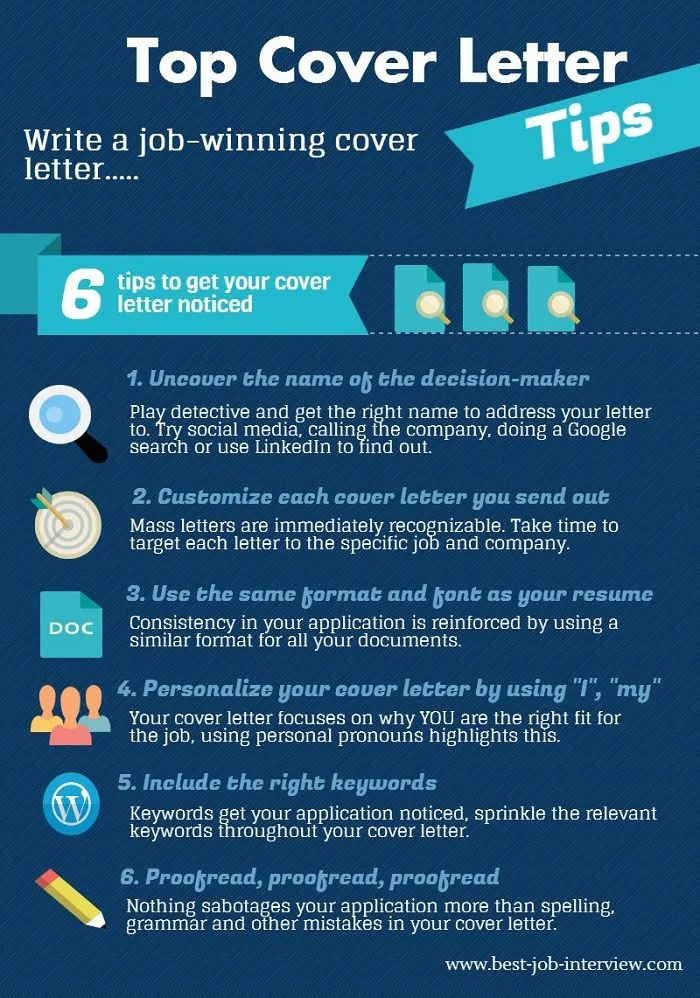
Use the body paragraphs to highlight your key skills and experiences that align with the job requirements. Provide specific examples of how you have demonstrated these skills in previous roles. Use action verbs to describe your accomplishments and quantify your achievements whenever possible. Tailor your content to the specific job description and explain how your background makes you a strong fit for the role. Use a few concise paragraphs to elaborate on why you’re a perfect fit.
Closing Paragraph and Call to Action
In your closing paragraph, reiterate your interest in the position and summarize your key qualifications. Thank the hiring manager for their time and consideration. Include a clear call to action, such as stating that you are eager to discuss your qualifications further and are available for an interview. End with a professional closing, such as “Sincerely” or “Best regards,” followed by your typed name.
Common Mistakes to Avoid in a Cover Letter
There are several common mistakes that can weaken your cover letter and reduce your chances of getting an interview. Understanding and avoiding these pitfalls is crucial for crafting a compelling cover letter that grabs the hiring manager’s attention. Attention to detail and careful editing can make all the difference. Make sure to review your cover letter multiple times before submitting it, and consider asking a trusted friend or career counselor to review it as well. The goal is to present yourself in the best possible light and showcase your value as a potential employee. By avoiding these common errors, you can significantly increase the effectiveness of your cover letter and improve your prospects in the job search.
Generic Cover Letters
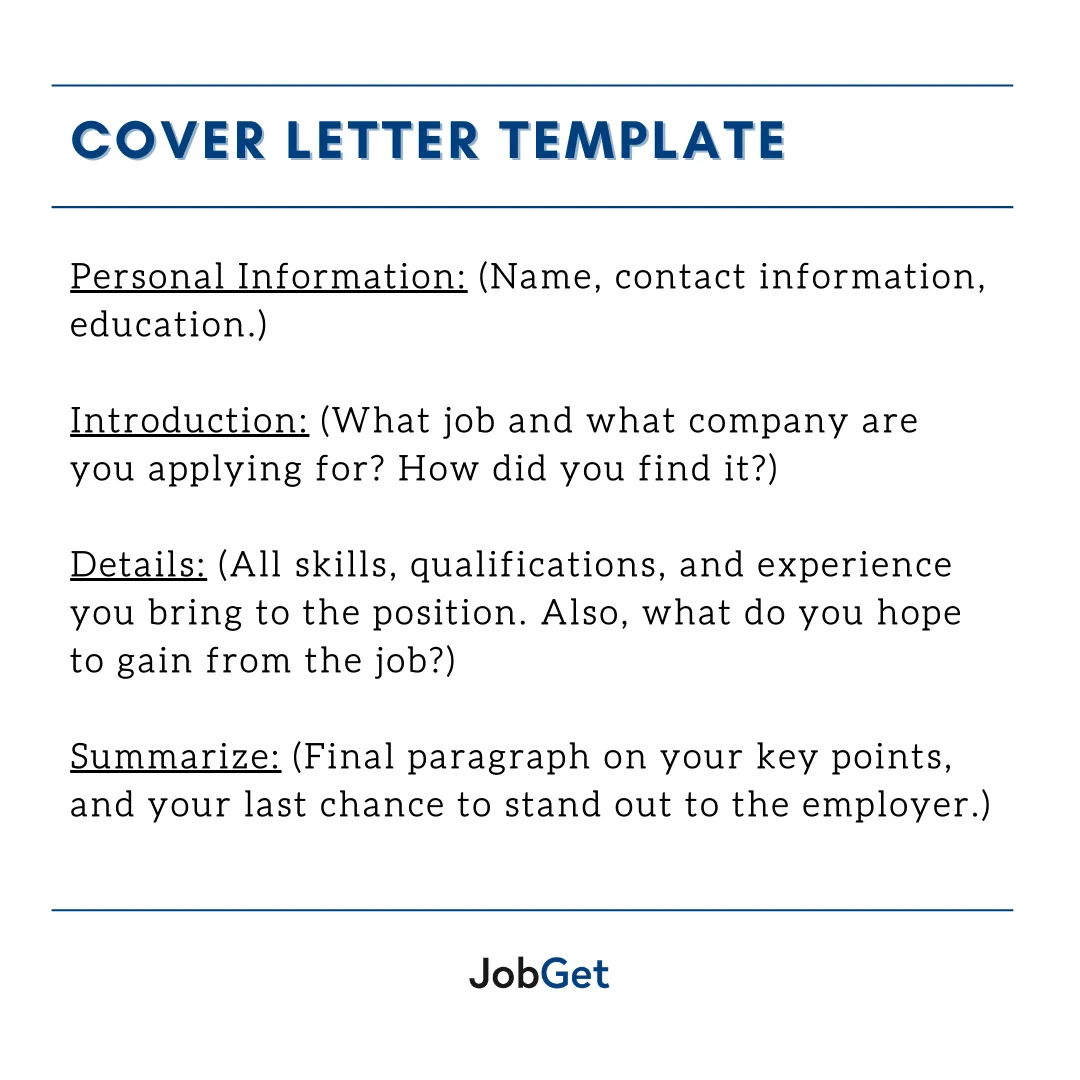
Sending a generic cover letter that is not tailored to the specific job or company is a major mistake. Hiring managers can easily spot generic cover letters, and they often discard them immediately. Avoid this by customizing each cover letter to the specific job and company you are applying for. This involves researching the company, understanding their values, and highlighting the skills and experiences that align with their needs. Always address the letter to the hiring manager by name, and reference specific details from the job description or company website. If you cannot find the hiring manager’s name, do some research or call the company to find out. Generic greetings such as “To Whom It May Concern” are a clear sign that you haven’t put in the effort to make a strong first impression.
Typos and Grammatical Errors
Typos and grammatical errors can severely damage your credibility and make you appear unprofessional. These errors signal a lack of attention to detail and can undermine your qualifications. Proofread your cover letter carefully, and use a grammar checker to identify any mistakes. Read your cover letter aloud to catch any awkward phrasing or sentence structure issues. If possible, have someone else review your cover letter to provide a fresh perspective. Pay close attention to spelling, grammar, punctuation, and capitalization. Double-check all proper nouns and contact information. A flawless cover letter demonstrates your professionalism and commitment to quality.
Focusing Too Much on Yourself
While it is important to highlight your skills and experiences, avoid making the cover letter all about yourself. The hiring manager wants to know what you can do for them and how you can contribute to their organization. Frame your accomplishments and qualifications in terms of how they benefit the company. Instead of just listing your responsibilities, explain how your skills and experiences align with the job requirements and the company’s needs. Focus on the value you bring to the table and how you can help the company achieve its goals. Demonstrate your understanding of the company’s mission and values and explain how your skills and experience can support their success. Tailor your language to reflect their culture and aspirations.
Not Tailoring the Letter
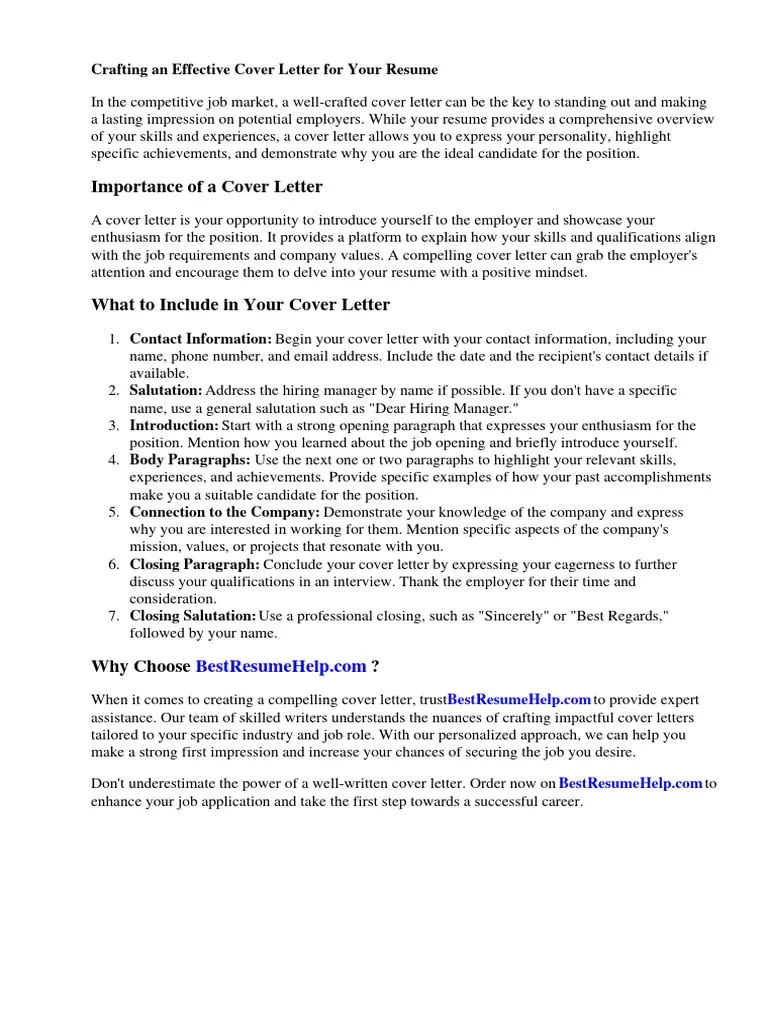
Failing to tailor your cover letter to the specific job and company is a common mistake. Customize each cover letter to demonstrate a genuine interest in the position and the organization. Research the company and the role to understand their needs and tailor your letter accordingly. Highlight the skills and experiences most relevant to the job description and explain how you can contribute to the company’s success. Show that you understand their mission and values. Personalization can significantly increase your chances of landing an interview.
Sending a Cover Letter Without a Resume
This may seem obvious, but it’s crucial to attach both your cover letter and resume to your application. The cover letter serves as an introduction and provides context, while the resume details your qualifications and experience. Submitting one without the other is a mistake. Always double-check that both documents are attached before sending your application. Ensure that your cover letter complements your resume and highlights key skills and accomplishments that align with the job requirements. Each document is a critical component of your application, and failing to include one can result in your application being overlooked. Make sure both documents are in a professional format and free of errors, reinforcing your professionalism and attention to detail.
